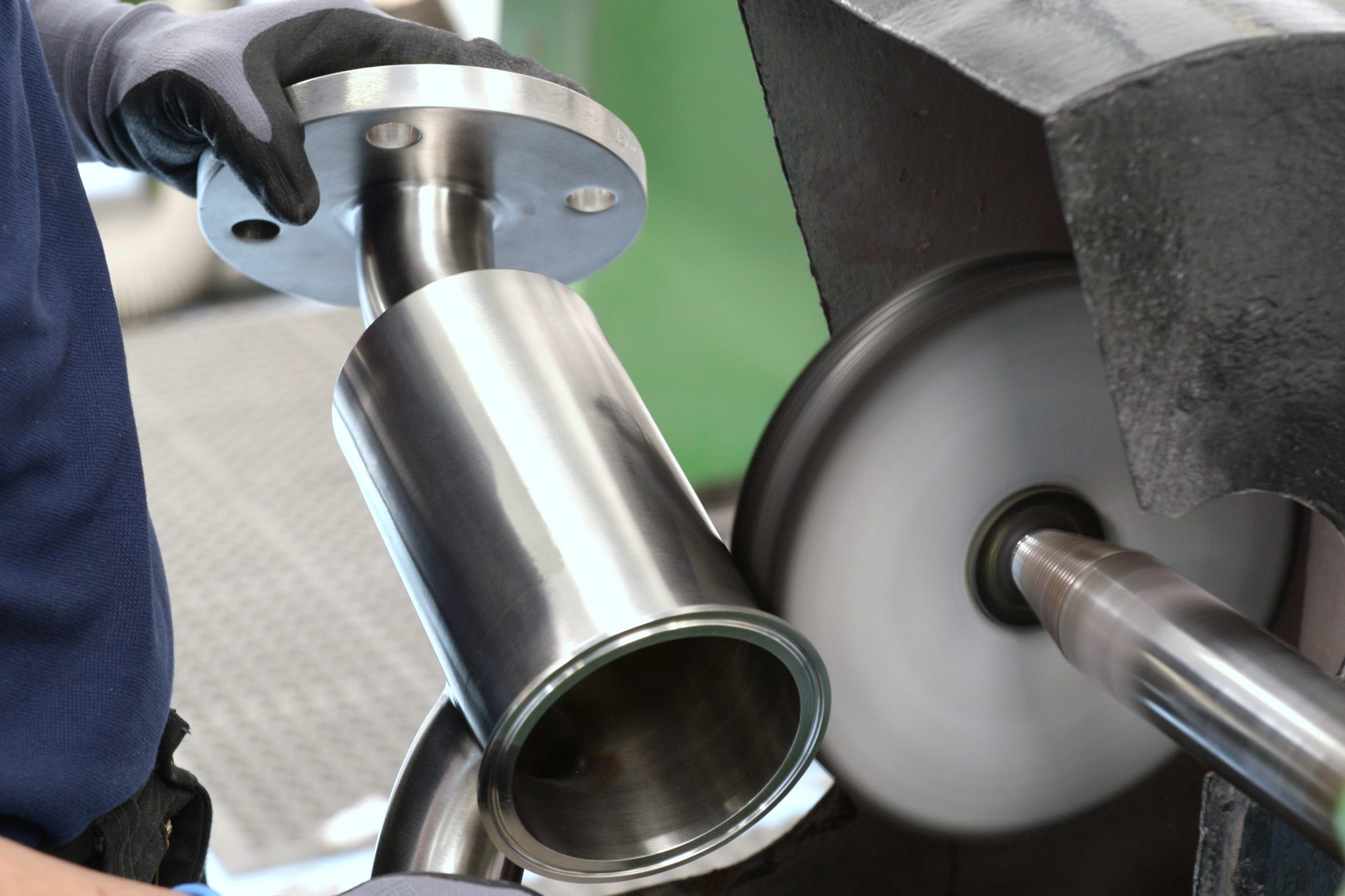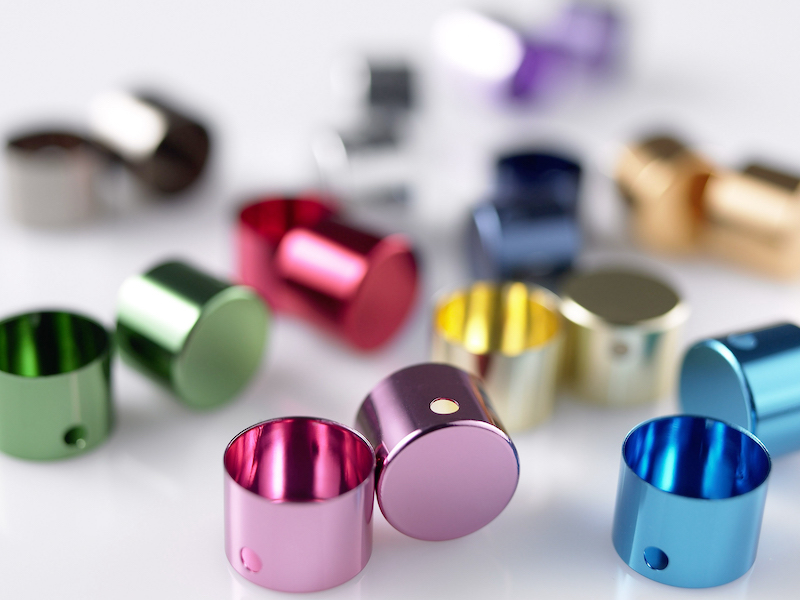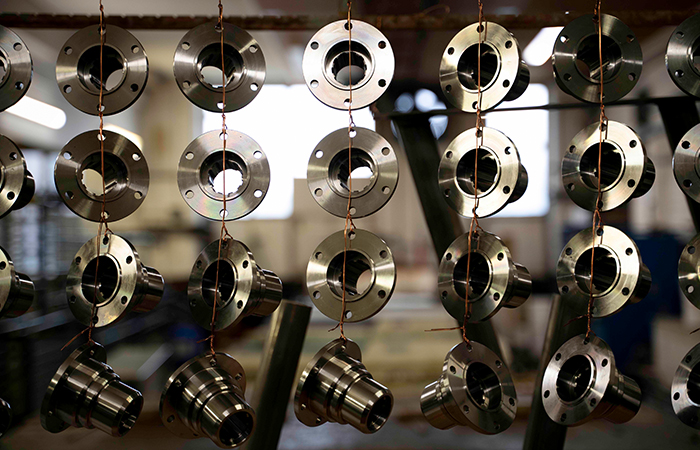+86-755-36841667 sales@usbtop.com
CNC surface finishing can be used to remove burrs, improve the quality of welds, and smooth out rough edges. CNC surface finishing can also be used to add decorative finishes to a workpiece, such as a brushed or mirror-like finish.
There are many benefits to using CNC surface finishing, including improved surface quality, increased productivity, and lower production costs. This type of finishing is also more consistent and repeatable than traditional methods, such as hand finishing.
If you are considering using CNC surface finishing for your next project, be sure to consider all of the benefits this type of finishing can offer.
Polished/Grinding surface
Polished/Grinding surfaces can be done by hand or using various types of machine polishing equipment. We can provide a hand-polished/electro-polished finish to your specifications or a barrel finish. Finishing equipment provides isotropic finishing, which means the surface is consistent on all sides of the part.
The Roughness could meet below Ra 0.8 and even more shinning like mirror.

Powder coating is the process of applying powder-based paint to a part and then baking the paint onto the part. Powder coatings come in a variety of options, from color choices to textures. When designing a part, it must be kept in mind that powder coating adds paint to the surface of the part and does not provide a precise surface like CNC operations. Critical areas can be masked during powder coating to avoid critical dimension areas.

Anodizing
Anodizing is a corrosion-resistant coating and, if specified, a wear-resistant coating. It is most often associated with aluminum parts and is available in a variety of colors. Anodizing tends to be slightly transparent, so it may be important to consider the CNC machine markings below. The anodized "layer" is consistent and thin (less than 0.002″ thick). You need to take this into account when tolerating components.

Electroplating is a method of electroplating metals onto other materials using electricity. It is often used to create decorative finishes on metal objects such as jewelry or auto parts. The process relies on applying an electrical current to the metal and conducting it to the substrate. Electroplating can be applied to various metals other than aluminum.

We chat
